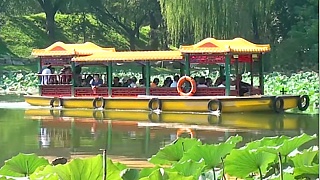A beautiful series of grottoes filled with Buddhist sculpture carved into natural caves and caverns in a canyon along the Yellow River. It lies just north of where the Yellow River empties into the LiuJiaXia Reservoir.
[640],shadow=true,start=,stop=
Live more ...
 BingLing Temple 炳灵寺 Grottoes, YongJing, GanSu province
BingLing Temple 炳灵寺 Grottoes, YongJing, GanSu provinceA beautiful series of grottoes filled with Buddhist sculpture carved into natural caves and caverns in a canyon along the Yellow River. It lies just north of where the Yellow River empties into the LiuJiaXia Reservoir.
[640],shadow=true,start=,stop=

|
ChengDu province.
|

|
From the ashes of Western imperialism, the first Summer Palace, close by the 'new' Summer Palace (YiHeYuan), is still an enchanting place of natural beauty and Chinese garden arts ...
|

|
SiMaTai Great Wall lies about 159 kilometers NNE from BeiJing city and connects with JinShanLing Great Wall.
|

|

|
Visiting a few sections of the Great Wall of China near BeiJing, including 'Wild Wall' ...
|

|

|